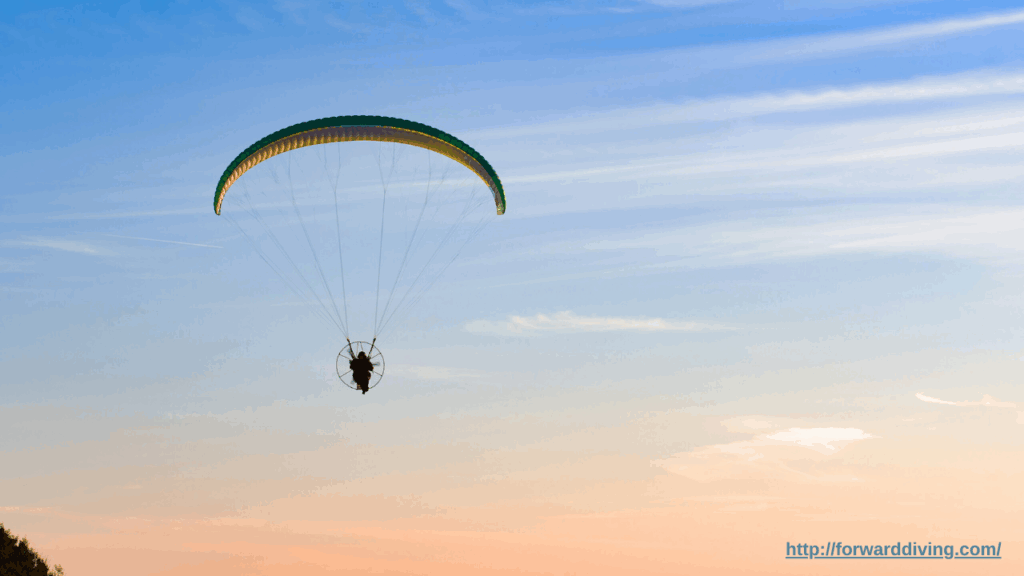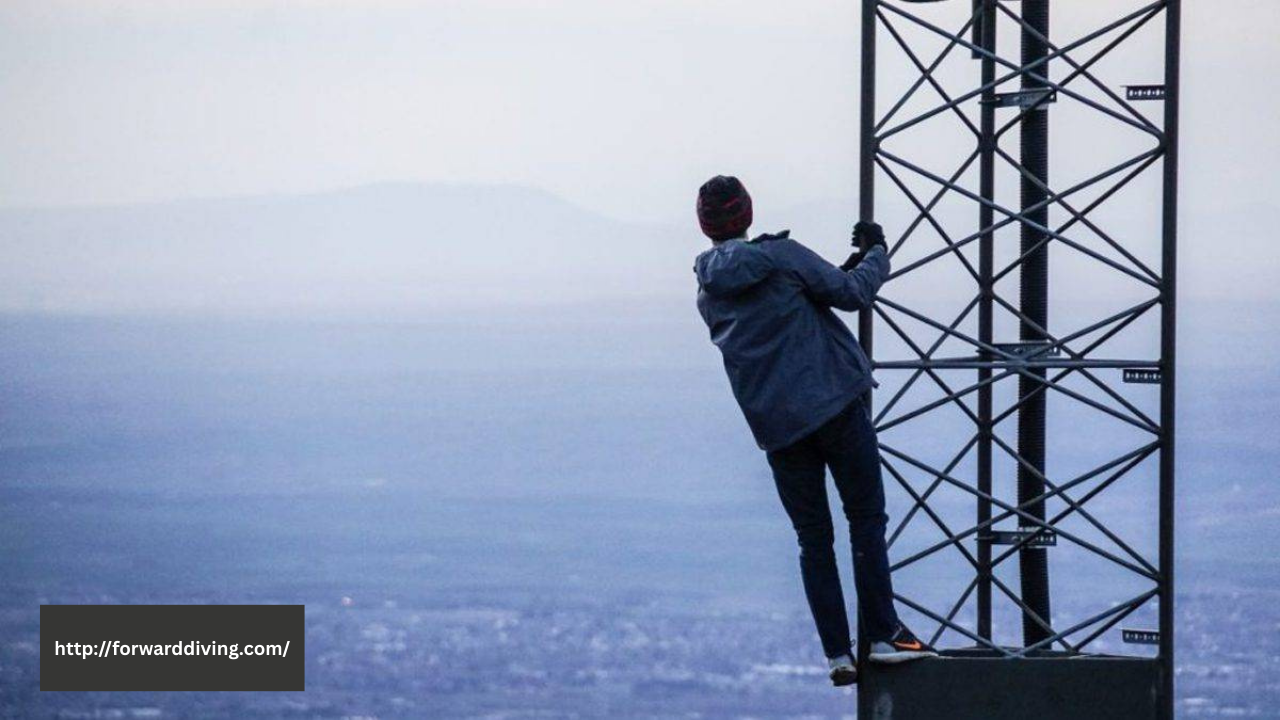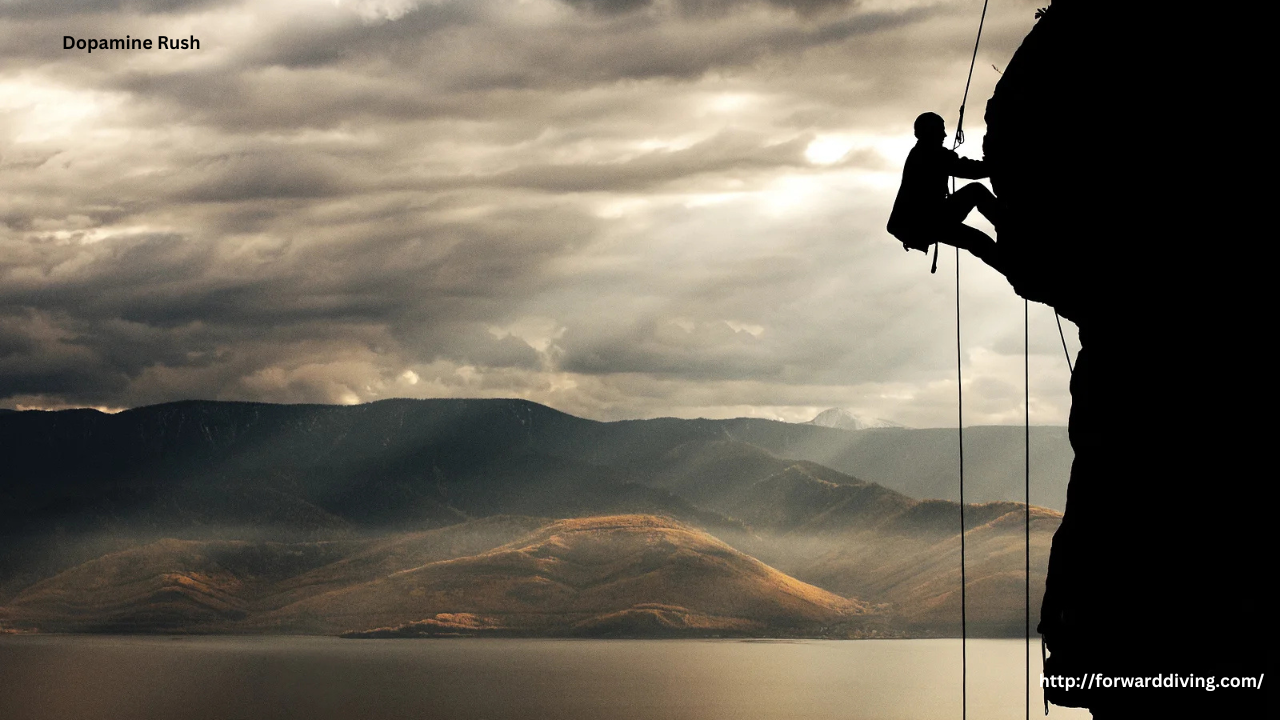
Thrill-seeking starts innocently enough—an exhilarating skydive, a daring mountain climb, or a high-speed motorcycle ride. For many, these experiences offer a break from routine, a boost of adrenaline, and a sense of accomplishment. But for some, the pursuit of excitement becomes an obsession. What begins as fun can quickly spiral into a dangerous addiction, where the craving for more intense thrills leads to life-altering consequences—or even death.
The Appeal of the Thrill
The human brain is wired to respond positively to novel and intense experiences. When we engage in high-risk activities, the body releases a flood of chemicals—dopamine, adrenaline, and endorphins—that produce feelings of euphoria and invincibility. This natural high can be deeply addictive, especially for those who are naturally drawn to excitement or are struggling with underlying emotional issues.
What makes thrill-seeking so seductive is its ability to mask pain, fear, or dissatisfaction. For some, it becomes a form of escapism—a way to numb emotional turmoil or fill a void. The initial enjoyment of the activity soon gives way to a compulsive need to chase the next rush, often without considering the escalating risks.
Recognizing the Shift
Not everyone who enjoys a thrill is addicted. The key difference lies in control and consequences. When individuals begin prioritizing risky activities over their health, relationships, or responsibilities, the behavior may be crossing into addiction. Warning signs include:
- Escalation of risk: Constantly seeking more dangerous or extreme experiences to feel the same level of excitement.
- Neglecting safety: Ignoring precautions or engaging in reckless behavior despite known dangers.
- Obsession: Thinking about thrill-seeking activities constantly and feeling agitated or depressed without them.
- Impact on daily life: Struggling with work, school, or personal relationships because of the pursuit of high-risk thrills.
- Denial: Minimizing the dangers or rationalizing risky behavior.
The Fatal Consequences
As thrill-seeking escalates, so do the potential consequences. Physical injuries are common, and fatalities are not uncommon in high-risk sports and activities. But the dangers extend beyond the physical. The psychological toll can include anxiety, depression, and emotional instability. Financial problems, legal issues, and damaged relationships are also frequent outcomes.
In extreme cases, the drive for danger becomes so overpowering that individuals ignore all signs of harm, pushing themselves to the brink in pursuit of a fleeting rush. This slippery slope—from recreational excitement to life-threatening addiction—is a stark reminder of how powerful and perilous thrill-seeking can become.
Finding Safer Outlets
Recovering from thrill addiction requires awareness, support, and often professional help. Healthy strategies include:
- Therapy: Working with a counselor to uncover emotional triggers and develop alternative coping mechanisms.
- Mindful excitement: Participating in structured, goal-oriented activities that offer excitement with boundaries.
- Support systems: Leaning on friends, family, or support groups for accountability and encouragement.
- Personal growth: Pursuing new goals and interests that provide fulfillment without the need for danger.
Conclusion
Thrill-seeking can be a joyful and enriching part of life—but when the desire for excitement becomes a compulsive need, the consequences can turn fatal. Recognizing the signs of addiction and taking steps toward safer, more balanced living can help individuals reclaim their joy without risking everything in the process.








